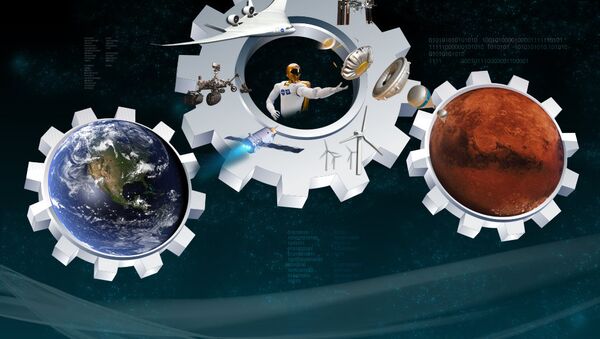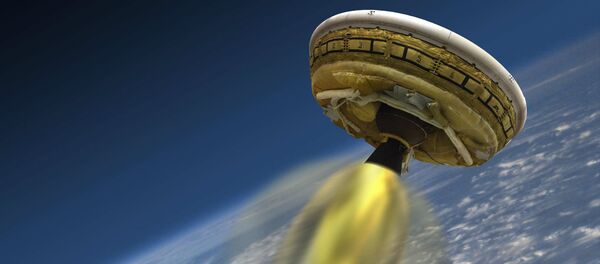"These advanced technologies are necessary for us to be able to launch stronger, yet lighter, spacecraft and components as we look to explore an asteroid and eventually Mars."
The proposals come from Malibu, California-based HRL Laboratories LLC., which proposed ultralight micro-truss cores for space launch systems; ATK Space Systems of Magna, Utah, whose “Game Changing Technology Development Program” has Ultra-Light Weight Core Materials for Efficient Load Bearing Composite Sandwich Structures; and Dynetics, Inc., of Huntsville, Alabama, which proposed the use of “Ultra-Lightweight Core Materials for Efficient Load-Bearing Composite Sandwich Structures.”
All three companies employ the “composite sandwich structure,” a special type of material made by affixing two thin skins to a lightweight core. “Traditional” sandwich structures primarily incorporate honeycomb or foam cores. The aerospace industry has used these structures in the past, and the ones in development now will presumably be stronger and more durable to endure trips to Mars and beyond.
The three companies will receive around $550,000 for thirteen months, and those selected to continue will receive $2 million for up to eighteen months each.






